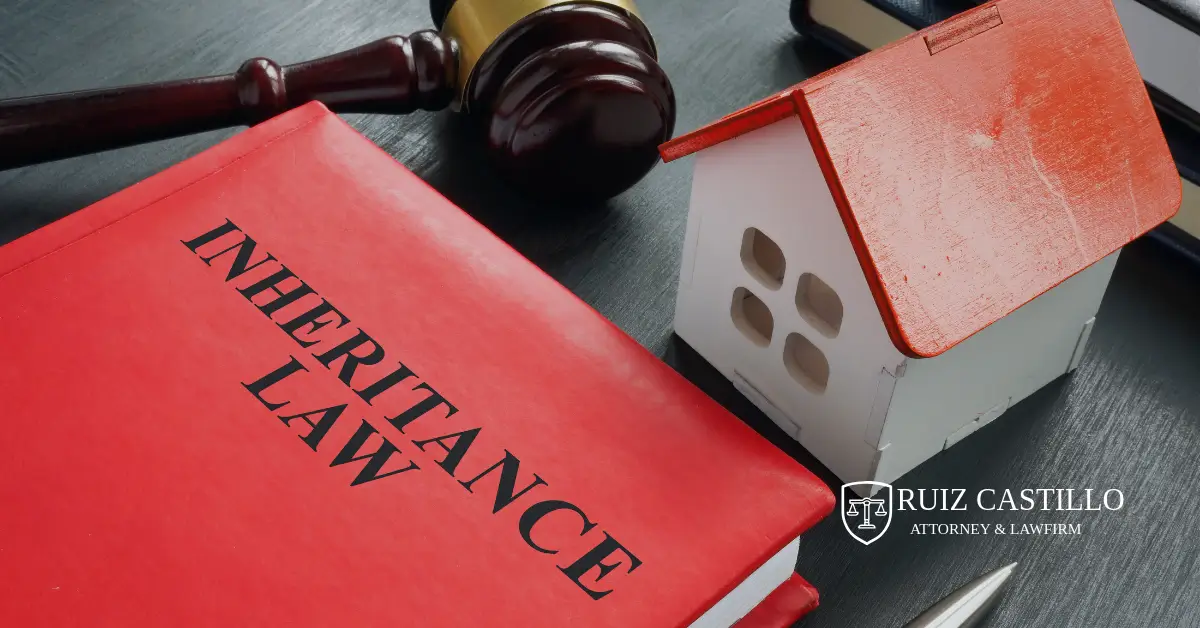
Every year before the 31st of March, expats are obligated by the Spanish government to file their overseas assets via a document called Modelo 720. It is important that you, as an expat, understand the what, how and why behind Modelo 720, and this is what I intend to do with this article.
Happy clients
Experience
Masters degrees
Hi, my name is José María Ruiz Castillo. I’m a lawyer and economist based in Granada, specializing in helping expats with their legal and financial matters in Spain.
Every year before the 31st of March, expats are obligated by the Spanish government to file their overseas assets via a document called Modelo 720. It is important that you, as an expat, understand the what, how and why behind Modelo 720, and this is what I intend to do with this article.
Modelo 720 is a mandatory declaration of overseas assets for tax residents of Spain, and it is important that you understand your legal obligations.
In 2012, the Spanish government introduced Modelo 720 to address tax evasion by requiring Spanish residents to declare any foreign assets worth over €50,000. This law aimed to make residents’ foreign investments more transparent and ensure that they followed Spanish tax rules.
With Modelo 720, Spanish residents need to declare foreign assets valued over €50.000 in the following three categories.
If you are a tax resident in Spain, meaning you spend more than 183 days here in a calendar year, and you have more than €50,000 in assets abroad in one of the three categories mentioned above, you are required to file Modelo 720.
You must declare assets even if you are only an authorized signatory, not the sole owner. For joint accounts, you need to declare the full value of jointly held assets, regardless of your individual share. When determining the value of your assets, use the value as of December 31st of the preceding year.
You can file Modelo 720 between January 1st and March 31st each year. For 2025, Modelo 720 needs to be filed before the 31st of March.
The European Court of Justice ruled in January 2022 that Modelo 720’s original penalty regime was disproportionate and illegal under EU laws. As a result, the Spanish government had to lower its fines and reform its penalty system.
You have a four-year window to correct any potential errors. If you spot an error and correct it voluntarily before being notified by the tax authorities, you’ll only need to pay half the original fine. I recommend submitting a correction as soon as possible if you find a potential mistake to avoid fines or get your fine reduced by half.
Keeping detailed records of your foreign assets throughout the year, including bank statements, investment reports, and property valuations. Your records should include acquisition dates, purchased prices, and the value of your assets as of December 31st of the previous year.
If your previously declared assets changed in value by more than €20,000, or if new assets were acquired, you may need to file Modelo 720 again to avoid any penalty.
Keeping up with your Modelo 720 helps you stay compliant with Spanish tax regulations and avoid penalties. Keep records of your overseas assets and declare all required information accurately and on time.
If you need legal assistance or help with filing Modelo 720 and declaring your overseas assets, contact me. I can guide you through the process and provide the legal and tax assistance you need.







